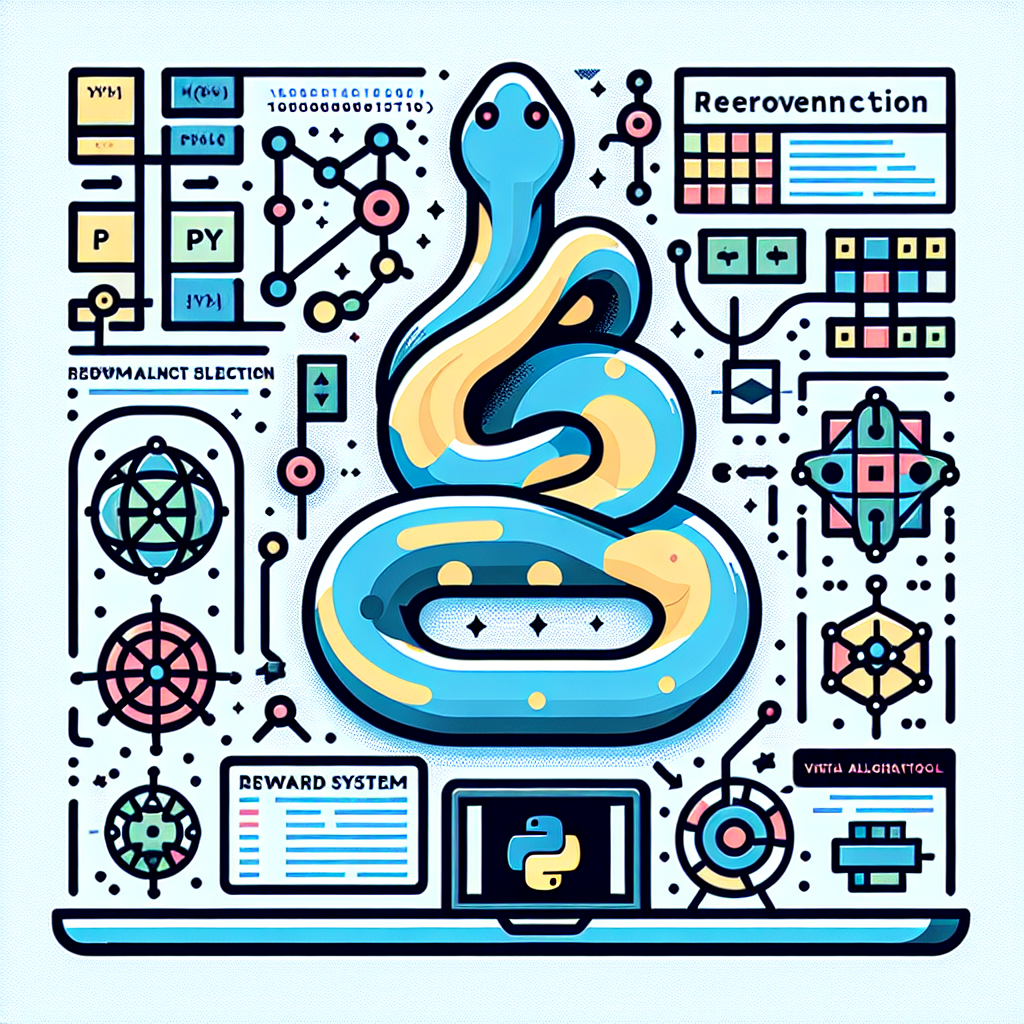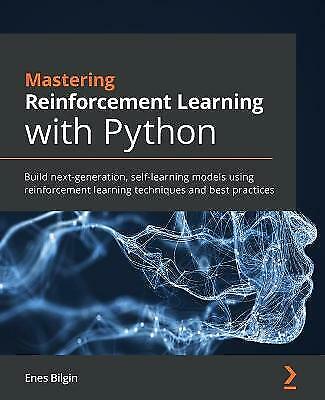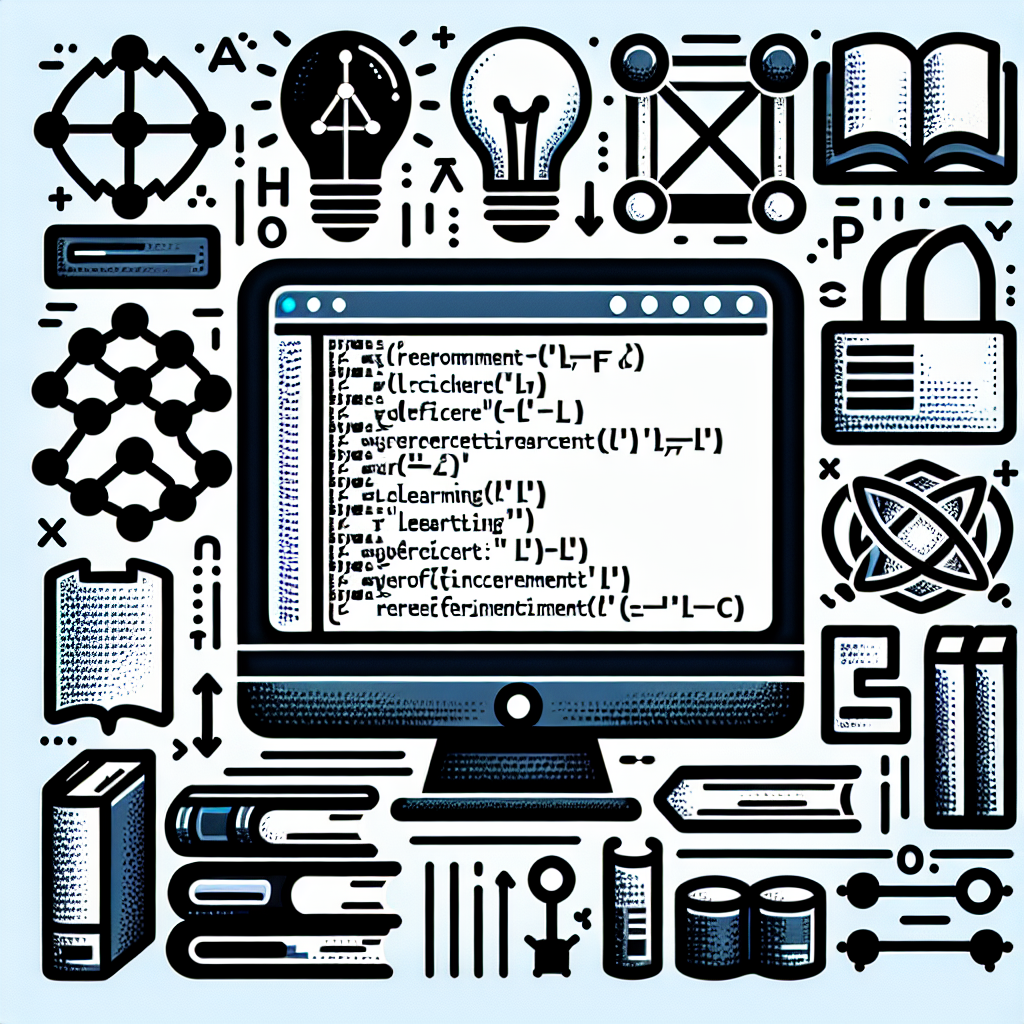Reinforcement learning is a type of machine learning where an agent learns to make decisions by interacting with its environment. Unlike supervised learning, where the model is trained on labeled data, reinforcement learning is based on rewards and punishments received from the environment.
In reinforcement learning, the agent takes actions in an environment and receives feedback in the form of rewards or penalties based on those actions. The goal of the agent is to maximize its cumulative reward over time by learning the optimal policy – a set of rules that dictate the agent’s actions in different states of the environment.
There are three main components in a reinforcement learning system: the agent, the environment, and the reward function. The agent is the entity that makes decisions and takes actions, the environment is the external system in which the agent operates, and the reward function is a function that assigns a numerical reward to each action taken by the agent.
One of the key concepts in reinforcement learning is the notion of exploration and exploitation. Exploration involves trying out different actions to discover the optimal policy, while exploitation involves exploiting known actions that yield high rewards. Striking a balance between exploration and exploitation is crucial for the agent to learn efficiently.
In reinforcement learning, the agent learns through a process called temporal-difference learning, where it updates its policy based on the rewards received at each time step. The agent uses a value function to estimate the expected future rewards of taking a particular action in a given state.
Now, let’s delve into some Python examples to understand the basics of reinforcement learning. We will use the popular OpenAI Gym library, which provides a set of environments for testing reinforcement learning algorithms.
First, let’s install the OpenAI Gym library using pip:
“`python
pip install gym
“`
Next, let’s create a simple reinforcement learning environment using the CartPole-v1 environment, where the agent has to balance a pole on a cart by applying left or right forces.
“`python
import gym
env = gym.make(‘CartPole-v1’)
observation = env.reset()
for _ in range(1000):
env.render()
action = env.action_space.sample()
observation, reward, done, info = env.step(action)
if done:
observation = env.reset()
env.close()
“`
In this example, we create the CartPole-v1 environment and run a loop for 1000 time steps. At each step, we render the environment, sample a random action from the action space, and update the observation, reward, done, and info variables based on the action taken by the agent. If the episode is over (done is True), we reset the environment.
Reinforcement learning is a powerful technique that can be used to solve a wide range of complex problems. By understanding the basics of reinforcement learning theory and experimenting with Python examples, you can gain a deeper insight into how agents learn through interaction with their environment. Whether you are a beginner or an experienced practitioner, reinforcement learning offers a fascinating approach to building intelligent systems that can adapt and learn from their experiences.
#Understanding #Basics #Reinforcement #Learning #Theory #Python #Examples,reinforcement learning: theory and python implementation




